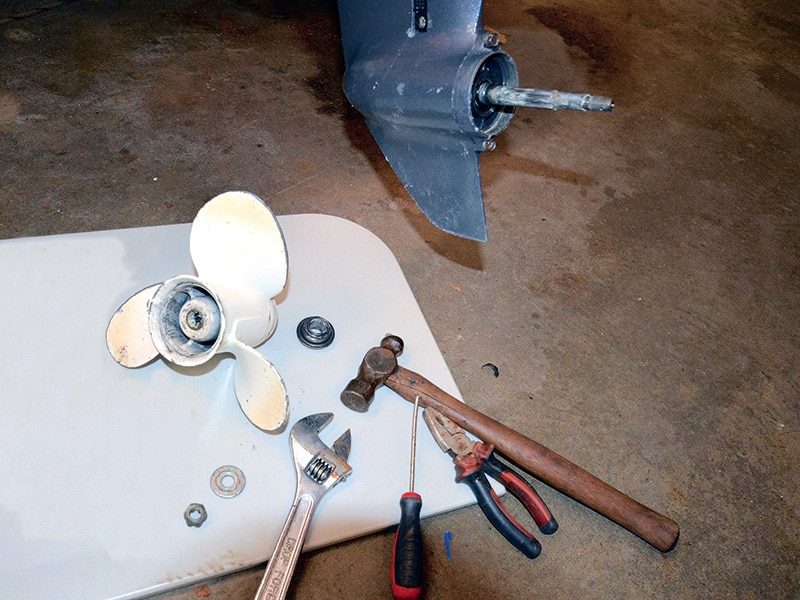Navigating Fiberglass Boat Plans and Blueprints for Successful Builds
Navigating fiberglass boat plans and blueprints is a crucial step in achieving a successful build. These documents serve as the blueprint for transforming raw materials into a seaworthy vessel, and understanding their intricacies can significantly impact the outcome of the project. The process begins with selecting the right plans or blueprints that match your intended use, whether it is for recreational sailing, fishing, or cruising. Each design comes with its unique specifications, including dimensions, hull shape, and weight distribution, all tailored to different marine environments and performance needs. When analyzing fiberglass boat plans, it is essential to consider the detailed drawings that illustrate the boat’s structure, including the hull, deck, and internal framework. These plans often include a series of views – top-down, side elevations, and cross-sections, which collectively offer a comprehensive understanding of the boat’s design. Each view provides critical information about the placement of bulkheads, stringers, and other structural components. Understanding these details is vital for ensuring that the boat will be sturdy and stable on the water.

Blueprints also contain material specifications and assembly instructions, which guide you in selecting the appropriate fiberglass resins, cloths, and core materials. The type and quality of these materials directly affect the boat’s durability and performance. For instance, the choice of resin whether epoxy, polyester, or vinylester depends on factors such as the boat’s intended use, budget, and environmental conditions. Similarly, the fiberglass cloth’s weight and weave will impact the boat’s strength and flexibility. In addition to materials, the blueprints often include step-by-step instructions for the construction process. Fiberglass Boat Plans & Blueprints involves laying up the fiberglass layers, curing the resin, and assembling the boat’s components. Precise adherence to these instructions is crucial, as deviations can lead to structural weaknesses or functional issues. Builders must pay close attention to details such as the lay-up schedule, which dictates the order and orientation of fiberglass layers, to ensure the final product meets the design specifications. One of the challenges of working with fiberglass boat plans is interpreting and translating the technical drawings into actual construction.
Builders often use specialized tools and techniques to measure and cut materials accurately. For example, a well-calibrated table saw and precision measuring tools are essential for cutting fiberglass panels and other components to the correct dimensions. Additionally, the use of molds and templates can aid in achieving consistent shapes and curves as outlined in the plans. Successful fiberglass boat building also requires a thorough understanding of safety procedures. The materials used in fiberglass construction can be hazardous if not handled properly. Adequate ventilation, protective gear, and safe handling practices are essential to protect both the builder and the workspace from harmful fumes and dust. Moreover, it is helpful to consult with experienced builders or refer to additional resources, such as online forums or instructional videos, to gain insights and practical tips. These resources can offer valuable advice on common pitfalls, troubleshooting techniques, and best practices for achieving a high-quality build. Navigating fiberglass boat plans and blueprints involves a careful examination of detailed drawings, material specifications, and construction instructions.